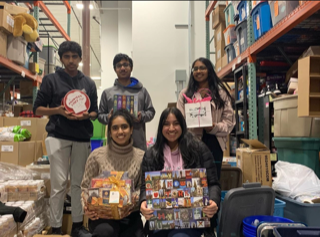Environmental Awareness Club’s Mission to Reduce Cafeteria Waste Through Composting
The Environmental Awareness Club used to meet every week pre-Covid to discuss the issues facing our planet. Now, the meetings are held virtually. Guest speaker, , recently joined a zoom to talk about his research.
Walking through the cafeteria and hallways of Hopkinton Middle School in 2016 was dangerous.
Projectiles launched into unassuming crowds. Oranges lay splattered in the hallways. Paper bags, napkins, and wrappers littered lunch tables. Kids began to bring extra food from home just to throw across the lunchroom.
In addition to the trash normally produced by hundreds of preteens, there was also garbage littering the floor and general apathy for waste.
This food-fighting phase that students went through as 12-year-olds perpetuates a carelessness that kids across the country have for food waste in schools, whether or not their cafeterias are lunchtime warzones. Kids who don’t need to worry about having enough food on their plates don’t have a reason to be mindful of the amount of waste they produce, especially if they are not educated on what impact that waste has on the environment.
Now the senior class of 2021 is more mature but just as wasteful. While food fights no longer encourage kids to bring in extra snacks just to weaponize, a plethora of wrappers and food are thrown away every day in the cafeteria. The combination of plastic pouches, styrofoam lunch trays, and paper bags build up as our janitors carry trash bag after trash bag outside to the dumpster.
“During lunches, pre-COVID, I would notice an immense amount of waste in trash cans. Vegetables, fruits, meat, eggs, and much more piled up in the bins,” says Tiffany Mikulis, co-president of the Environmental Awareness Club.
The Environmental Awareness Club was created just at the beginning of last year by Kelly Teitel, Tiffany Mikulis, Anne Zhu, Natalie Clott, and Fariha Fardin. They have big goals for being a brand new club, and with all their officers being current seniors, they hope that members will continue their work after graduation.

The club has already been successful in smaller projects over the past year, but the quarantine in the Spring made it difficult to continue their work. Some of the things they have been doing to address environmental issues in the community include a cleanup day at Sandy Beach, partnering with Crayola ColorCycle, and educating their peers by holding trivia.
“The club tries to do little things that can add up in the long run to make an impact,” explains Anne Zhu, secretary of the club.
A typical club meeting comprises of a short presentation on a specific pressing environmental issue, a group game or activity to further explore the topic, and lots of snacks, of course. Now, with school back in session, the club has set its sights on a larger, long-term project.
“We would like to partner with a local composting company known as Black Earth Compost,” says Tiffany Mikulis.
By partnering with a local composting company, not only would the school be minimizing our carbon footprint, we would be supporting the local agriculture of Massachusetts. Black Earth Compost sells the nutrient-rich soil it produces to local farmers and community gardens for an affordable price. The Environmental Awareness has hopes of starting a community garden on campus that could use the compost produced from the school.
“Our goal this year is to focus on fundraising and educating people about what composting is and why it’s important,” says the other co-president, Kelly Teitel.
The amount of waste produced annually by an average high school is equatable to 1.9 million metric tons of CO2 — an average passenger car produces just 4.6 metric tons per year. Cutting down the waste from a highschool by just 3% would be the same as taking 12,400 passenger vehicles off the road for one year, according to the World Wildlife Foundation. That’s almost 10 times more cars than if every person in the school drove to school every day.
To reduce waste by just 3% is pretty simple, considering the number of papers, lunch, and water bottles thrown away by each individual every day. Composting is a process that takes biodegradable items and allows them to break down and return to the earth rather than piling up in landfills.
This is important because landfills release a huge amount of greenhouse gases like carbon dioxide and methane into the environment. In fact, according to the United States Environmental Protection Agency, “landfills are the third-largest source of human-related methane emissions in the United States.” Composting eliminates this contributing factor to global warming which helps slow the impending climate crisis.
The largest waste product schools produce is paper, and not just from worksheets that can be recycled, but also paper towels. Paper towels from bathrooms, food waste from lunchtimes, and napkins are all biodegradable. Some items are easy to compost at home, but for more complicated waste products to decompose — think meat, cardboard — they must be sent to a waste center where they can be properly treated and broken down, which is where curbside compost pick up comes into play.
“Composting greatly reduces landfill waste and helps carbon sequestration, and these effects would be especially prominent for a school with a student population close to 1200,” says co-president, Kelly Teitel.
In order to raise money to start composting, the Environmental Awareness Club is planning on hosting a fun run in the spring. The entry fee for the race will go toward the cost of partnering with Black Earth Compost. The club will also be working on posters and other fundraising events to spread awareness about the project and the impacts students have on the environment.
As promising as composting seems to help the school’s environment, any sort of change will have its critics. To address these concerns, towns very similar to Hopkinton can be looked at as examples.
Take Lexington High School. They started composting in 2015 with Black Earth Compost, and today their ‘toters’ (compost bins) are fully integrated into the school system. Their “2,400 students fill up five toters (pressed hard and to the brim) one day a week,” says the case study from Black Earth Compost. Hopkinton has about half as many students, so we could expect to fill 2.5 toters daily. If schools like HHS are capable of getting rid of styrofoam lunch trays, we can too.
“It’s totally impacted the campus culture,” says Emma Murray, a current senior at Lexington High School. “People are definitely more environmentally conscious since composting has been ingrained into our lives from the beginning of high school.”
One big issue with composting, especially in an environment full of teenagers, is contamination. Composting only works if the correct waste items are put in the bin. Glass, metal, and most plastics are toxic to decomposer organisms, so the right education and labeling are absolutely necessary to ensure the system works. Can we trust the HHS community to properly compost? The first step is education so that the school community can recognize the impact of their actions on the environment.
“We have clearly labeled bins in the cafeterias, and I would say people abide by the rules,” says Emma Murray, who learned about the positive impacts of composting when she entered high school.
Certainly, if Black Earth Compost has partnered with more than 5 different schools in Eastern Massachusetts, Hopkinton, too, is capable of adopting composting as a way to combat climate change, excess waste, and continue to educate its students about the very serious issues our planet faces.

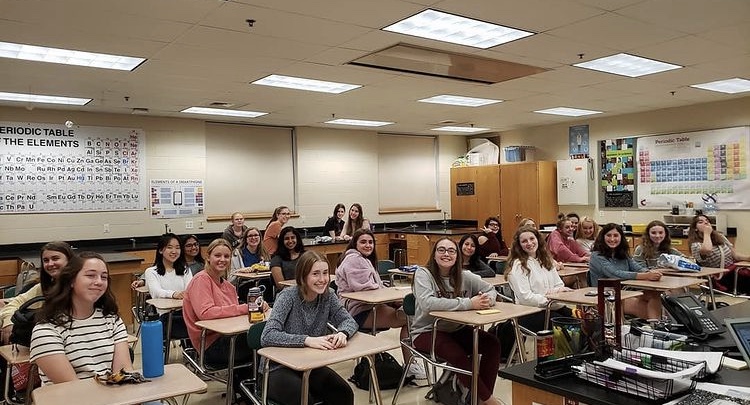


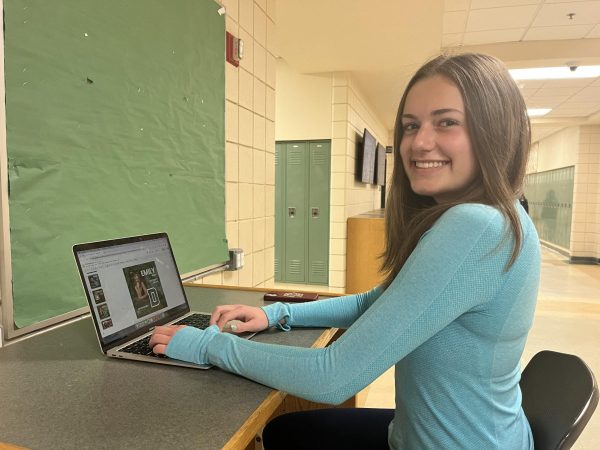
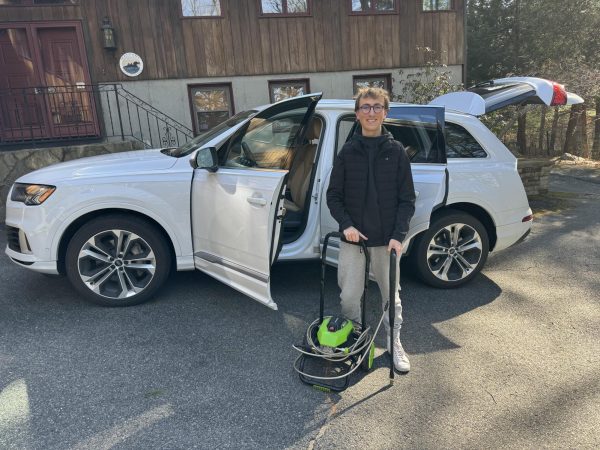
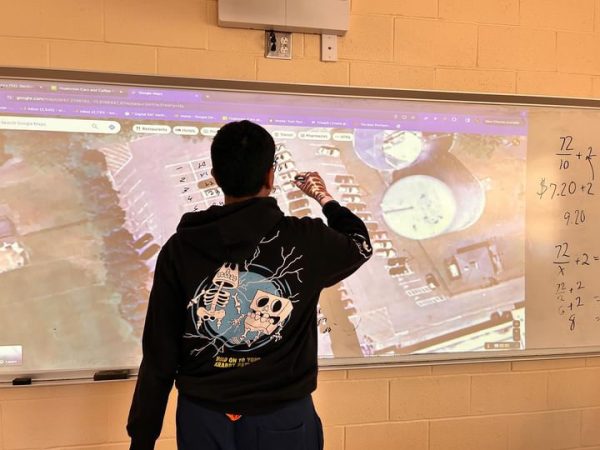


![Freshman Grace Gallagher listens to Taylor Swift as she does some homework. She says her favorite of the singers songs to listen to during homework is “Labyrinth” because, “it’s a very relaxing song that gets [her] thinking.”](https://hhspress.org/wp-content/uploads/2023/11/Taylor-Swift-Photo-600x410.jpg)
